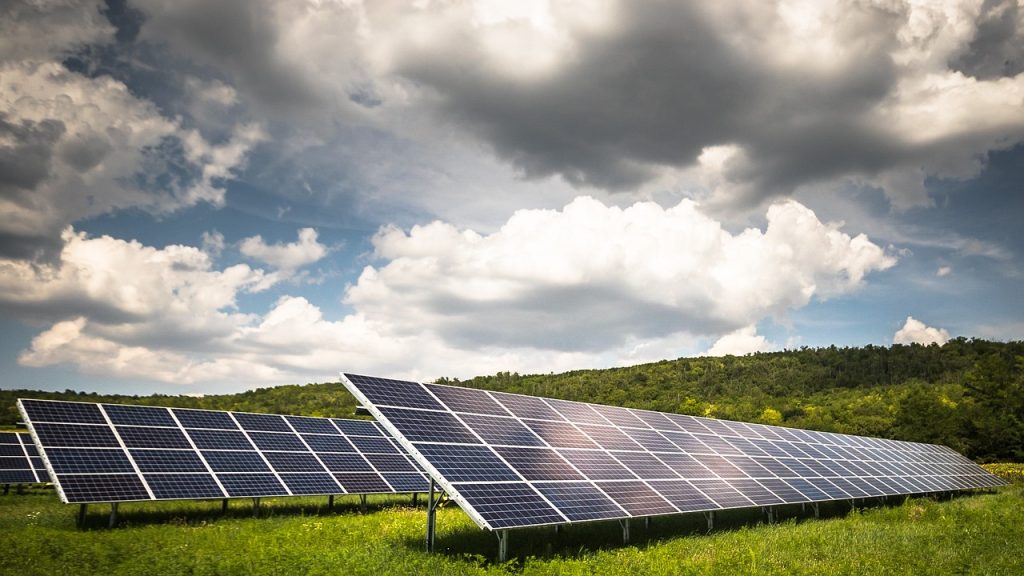Conservation Trade-offs

BY RICHARD SCHNEIDER
Most conservation problems involve trade-offs between environmental protection and economic development. Getting more of one generally means getting less of the other. But there are also situations where conservation objectives are themselves in conflict. These situations are challenging for conservationists to grapple with and they sometimes lead to divisions within the conservation community.
Current efforts to recover Alberta’s struggling caribou herds provide an example. The long-term solution is to restore the integrity of caribou habitat. But this process will take decades and many herds will not last that long without additional support. The most effective short-term measure is to reduce predation losses by culling wolves, and this is now occurring across seven caribou ranges in the province. This presents a difficult conservation trade-off. Are caribou really more important than wolves? Wolves are at the top of the food chain and their removal has a trickle-down effect on the entire ecosystem. On the other hand, wolf losses from culling are temporary whereas the loss of Alberta’s caribou would be permanent. Moreover, the habitat restoration measures now being implemented on behalf of caribou will benefit many other species over the long term (assuming that caribou remain on the landscape).
Another current example involves the transition from fossil fuels to renewable energy to combat climate change. If we are unable to limit the amount of warming to a relatively low level, much of northern Alberta will transition from boreal forest to grassland and parkland. In southern Alberta, high evaporation losses during summer will lead to water bodies drying out. Consequently, aggressive action on climate change is a conservation priority. However, as Lorne Fitch describes in this issue (page 22), the development of wind and solar power has negative effects of its own. For example, solar installations remove native prairie habitat and windmills kill birds and bats. Here we have another difficult conservation trade-off.
These sorts of problems are complex and need to be approached holistically. In the case of caribou recovery, there is much more at stake than the plight of caribou and wolves. Entire ecosystems are affected by the recovery measures. So the real question is: what actions provide the most good for the most species?
There is also the temporal dimension to consider. For example, the Alberta Utility Commission’s recent decision to deny plans for a large solar complex near Frank Lake, south of Calgary, is a win for local bird life. But if the transition to renewable energy stalls, Frank Lake itself will dry up as the climate warms in coming decades, resulting in a much greater loss for local wildlife.
The point is, there is more to conservation than the kneejerk rejection of unpalatable activities. We need to identify workable solutions that account for all dimensions of an issue, and this requires planning at the regional scale. Rather than the current open frontier approach to renewable energy projects, and subsequent site-by-site approval battles, we need regional guidelines that direct projects where they will do the least harm.
In the case of caribou, we already have a decent provincial range plan. The problem is the lack of political will to follow through on implementation. The upshot is that conflicting conservation objectives are usually not, in and of themselves, the root problem. Rather, it is the lack of appropriate planning and subsequent implementation that leaves us scrambling to choose between “least worst” options for dealing with intractable crises.
Richard Schneider is a conservation biologist who has worked on species at risk and land-use planning in Alberta for the past 30 years. He currently serves as the Executive Director of Nature Alberta.
This article originally ran in Nature Alberta Magazine – Summer 2023.
